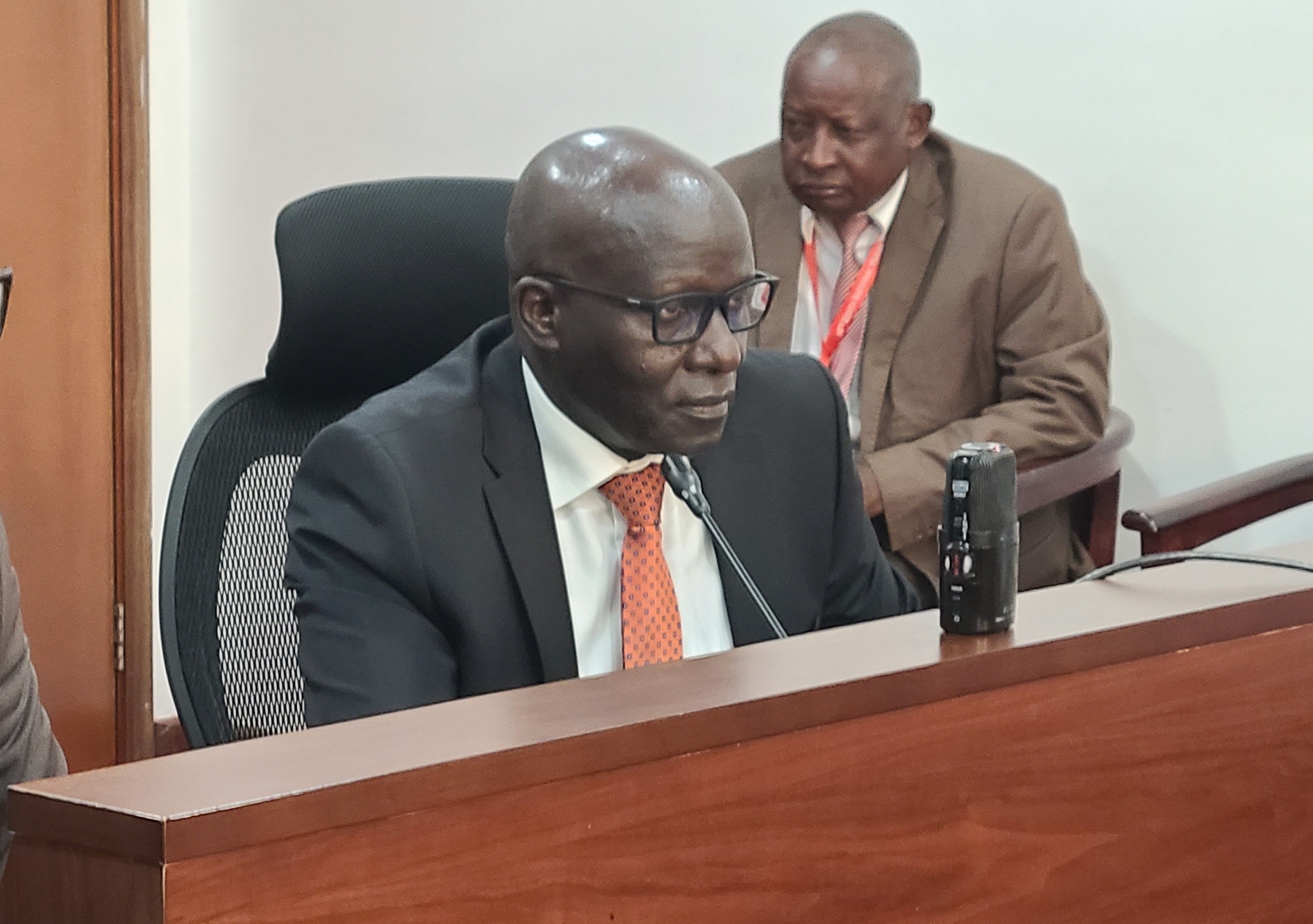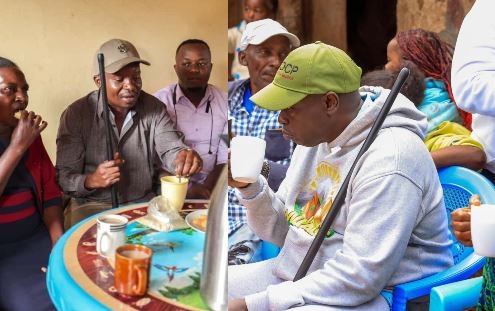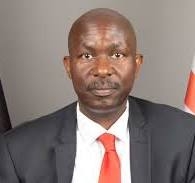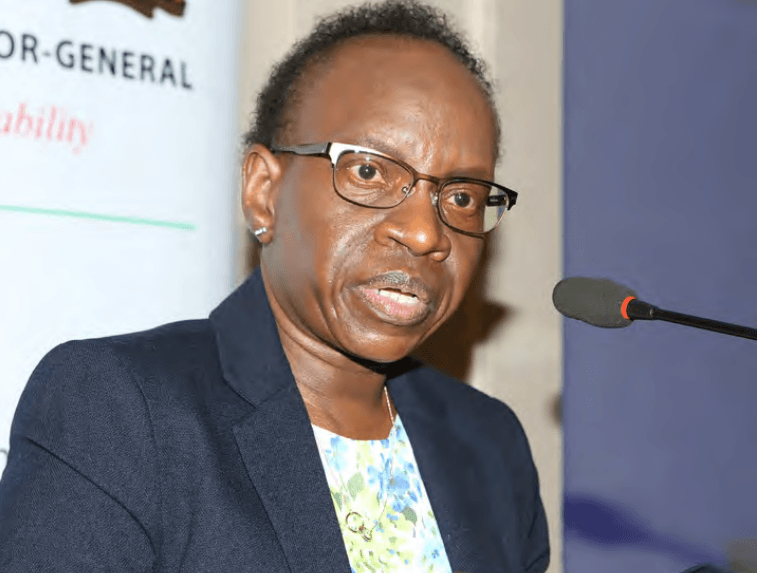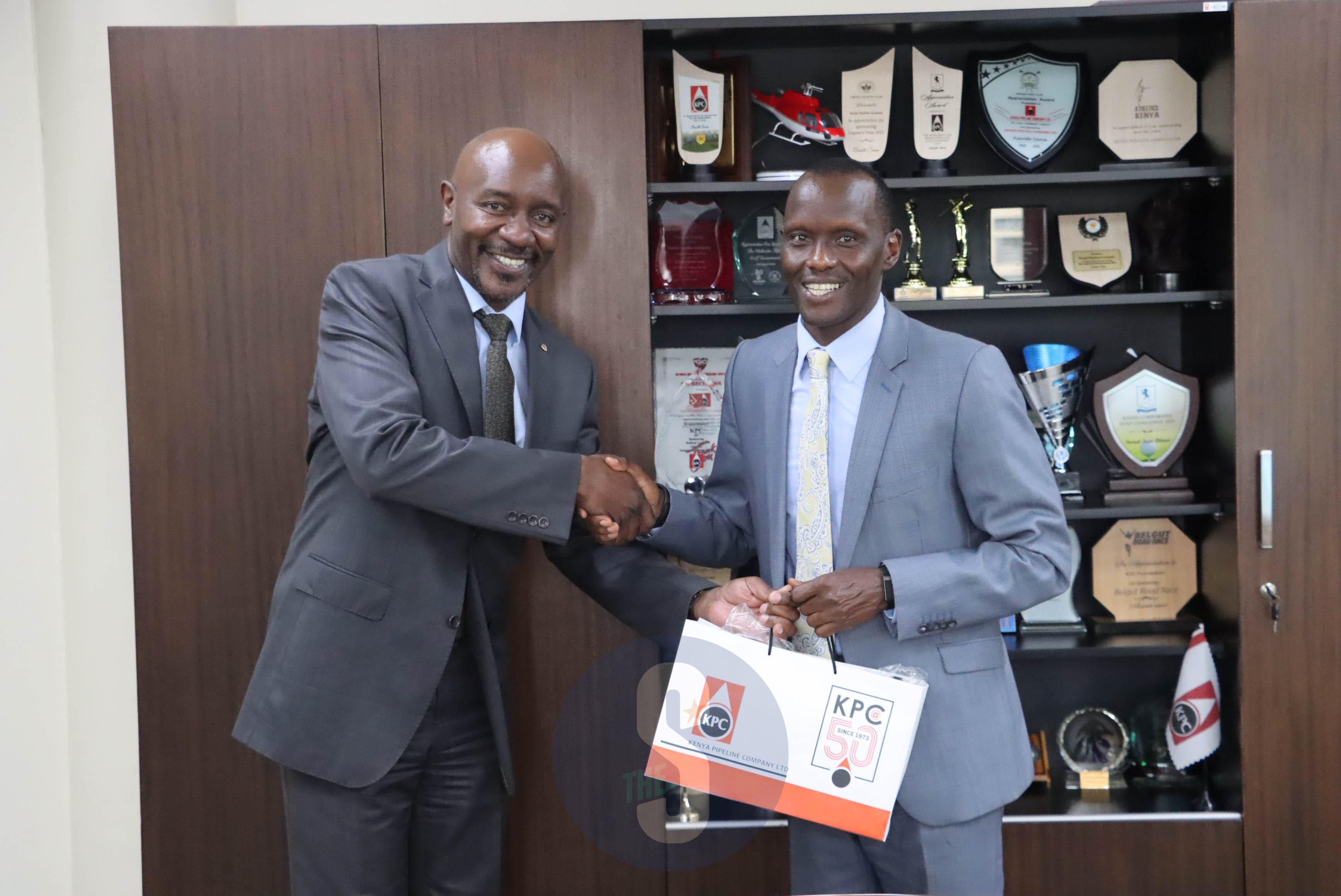The end to US funding of HIV testing and treatment in Northern Kenya may have contributed to increased new infections, especially in newborn babies, an evaluation suggests.
The funding programme is known as Pepfar, the President's Emergency Plan For AIDS Relief
Pepfar stopped funding 400 health facilities in seven counties — Garissa, Isiolo, Lamu, Mandera, Marsabit, Tana River, and Wajir — in 2017 because of the low HIV burden there.
The seven counties account for just one per cent of Kenya’s HIV burden.
All services previously funded by Pepfar were channelled to other counties and the national government.
But an evaluation of the transition says the pull-out was hurried and led to drug stock-out, breakdown in laboratory services and probably an increase in HIV and stigma.
“In fact, no written plan for carrying out GP, or geographic prioritisation, was developed. Consequently, very little preparation and support was in place,” the evaluation by Ipsos-Kenya and the Johns Hopkins School of Public Health said.
Pepfar's plan for geographic prioritisation was to shift dwindling US donor funds and resources to areas with high HIV burdens such as Nairobi and Western Kenya.
The evaluation said although the overall HIV burden in the seven counties is extremely low, coverage of other key services was already considerably worse than elsewhere.
“[There are] higher rates of mother-to-child transmission, up to 40 per cent in Wajir, increasing infections among children, lower ART rates and high ratings on the HIV Stigma Index,” the researchers said.
They include Elizabeth Omondi and Caroline Mackenzie of Ipsos-Kenya and six others from Johns Hopkins.
It is like passing a death sentence to our innocent newborns.
Most affected were laboratory services. Forty-seven per cent of surveyed facilities in the seven counties reported laboratory stock-outs and 52 per cent reported lack of access to specialised testing.
“Viral load testing was significantly affected with central support facilities (no Pepfar funding) reporting higher disruption of testing compared — 35 per cent to five per cent — to maintenance facilities (with Pepfar support),” the authors say.
For services such as early infant diagnosis, fast turnaround time is key to eliminating mother-to-child transmission.
It should be two weeks turnaround time, but in the seven counties it took one to three months during the evaluation in late 2017.
Results of the evaluation were published last week in the BMC Health Services Research Journal.
“It is like passing a death sentence to our innocent newborns,” one respondent said.
Geographic prioritisation was introduced by Pepfar boss Deborah Birx in 2014 to save the fund, which had been flat-funded for four consecutive years by the Obama administration and yet spending was outpacing the programme’s budget.
It was implemented in all 32 Pepfar beneficiary countries.
Kenyan civil society told the researchers that the lack of a proper transition plan also made it difficult for them to hold government accountable and undermined the Ministry of Health's ability to advocate for more funding.
HIV prevalence in Kenya hovers around 5.6 per cent in the general population, with a considerable geographic variation in disease burden across Kenya. Estimates range from more than 25 per cent prevalence in Homa Bay to 0.2 per cent in Wajir.
(Edited by V. Graham)







